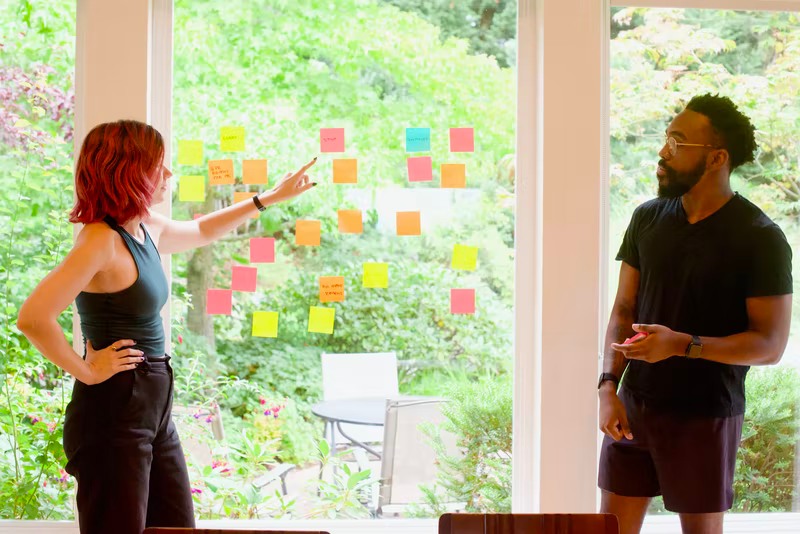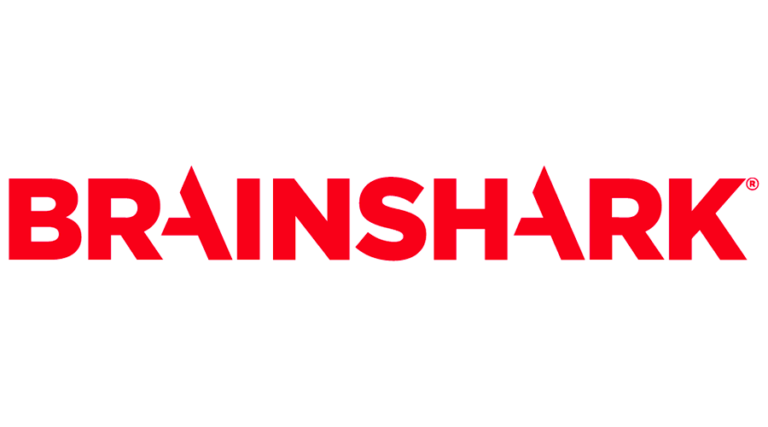We empower your cross-functional teams to hear from customers first-hand, learn the most important touchpoints along the customer journey, and make customer-focused change in your organization.

We lay the groundwork for success by engaging your teams and stakeholders, so that when the maps are complete, your teams are ready to take action to reduce friction in the journey and improve your customer experience.
We customize our approach to your journey, utilizing methods such as digital ethnographies, customer journaling, in-depth interviews, and surveys. Your employees are involved along the way to hear firsthand from customers through interview observations and a final debrief.
Our analysts pore over the data gathered and develop key themes and recommendations, producing a comprehensive Insight Report with extensive video and audio clips, and one or more customer journey maps. Through an action workshop series, we engage your teams to align on the most critical learnings…and act on the results.
During the Launch phase, you will learn to redesign experiences around customer needs and build the capabilities that differentiate a sustainable, industry-leading experience. We will work with you to create a vision of the future journey and provide the wireframe for a customer health dashboard.


We wrote the book on journey mapping. Literally. Learn how it can transform the way you do business. How Hard Is It to Be Your Customer? Using Journey Mapping to Drive Customer-Focused Change, by Heart of the Customer’s Jim Tincher and Nicole Newton, shows you how to create journey maps that get results.
Buy it now


Brainshark, a leading sales readiness platform provider, saw a 25% decrease in their customer’s time-to-value through initiatives driven from mapping their client’s implementation journey.